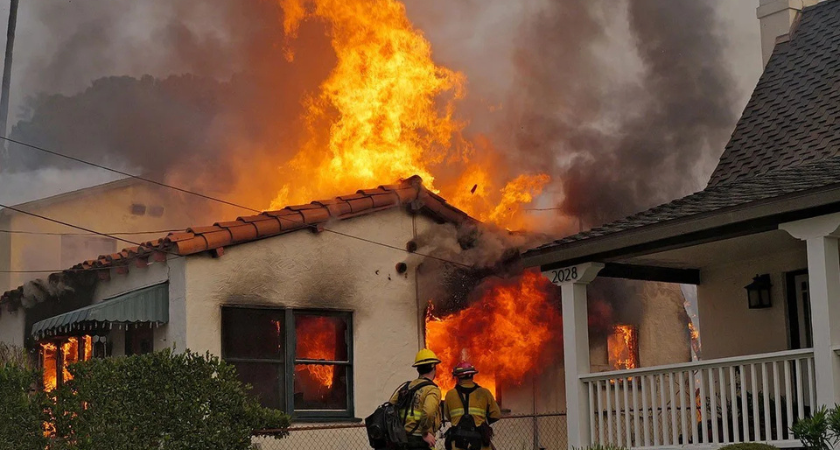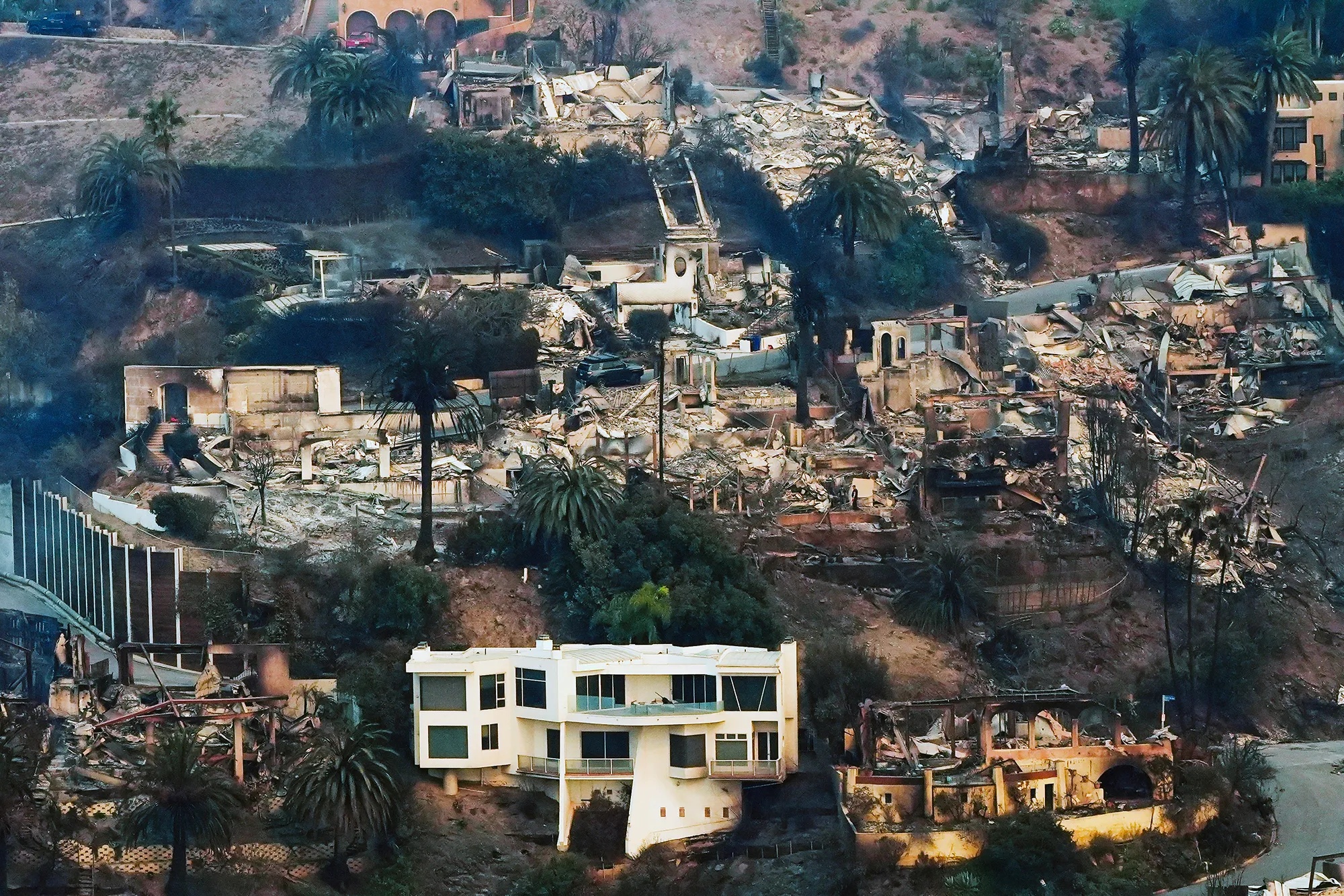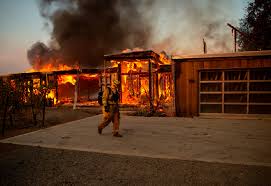
In parts of California, building new homes without wildfire risk is nearly impossible. A Chronicle analysis found that 1 in every 5 new homes statewide is being built in fire-prone areas — and in Nevada County, it’s every single one.

Nestled in the Sierra Nevada, Nevada County faces enormous pressure to meet state housing mandates. But nearly all of its available land is officially rated as hazardous for wildfire.
“We’re feeling the pinch,” said Brian Foss, planning director for Nevada County. “We just don’t have any areas that aren’t fire-prone.”
California is in the grip of a severe housing shortage, driving prices toward $900,000 for a median single-family home. State law requires counties to plan thousands of new units or face penalties. At the same time, climate-fueled megafires are destroying homes at record pace.
“What does it mean to have so many homes in a fire zone? It means you’re bringing material in to be part of an inferno,” said Char Miller, professor of environmental analysis and history at Pomona College. “I appreciate the fact that California has intense (development) codes — it’s absolutely fantastic. But codes don’t stop firestorms. The bottom line is, why would we put people in danger knowing it’s dangerous?”
State officials argue yes — with enough regulation, homes can be made resilient.
“We’ve created a set of mitigations that allow us to safely build in those areas,” said State Fire Marshal Daniel Berlant. “The standards that we’ve created are the highest in the nation.”
Modern fire rules dictate fire-resistant construction materials, sprinklers, wide roads for fire trucks, water access for suppression, and upcoming “Zone Zero” requirements — a 5-foot vegetation-free perimeter around homes.
Research suggests these measures help: a UC Berkeley study found that homes built to modern safety standards suffer more than 50% fewer losses in wildfires.
But critics say no home is fully fireproof, and human factors — like power lines, outdoor equipment, and increased population — actually raise ignition risk. With over 90% of wildfires caused by people, building deeper into fire zones could spark more fires, not just suffer from them.

The 240-home Loma Rica Ranch development in Grass Valley is being treated as a model for fire-conscious expansion. Built in a “very high” hazard area, it sits in a relatively open clearing and connects to existing commercial corridors, reducing evacuation and firefighting challenges.
Still, dense conifers border parts of the project — and history shows that wind-driven embers can cross vast distances.
Some legislators, like State Sen. Henry Stern, have proposed banning development in “very high” hazard zones — but housing advocates and builders strongly oppose outright prohibition.
Most current efforts focus on mitigation, not restriction, leaving local governments to decide how much risk is acceptable.
California is building because it must, not because it’s safe. State leaders maintain that regulations make modern fire-zone housing defendable. Experts warn that firestorms don’t follow codebooks.
For now, Californians are moving into homes built in known burn zones — by necessity, not choice.
Originally reported by San Francisco Chronicle.